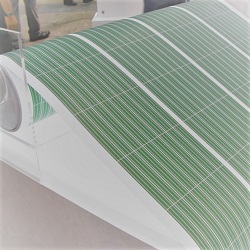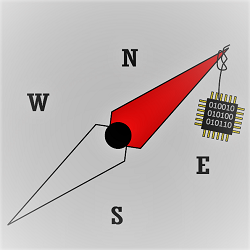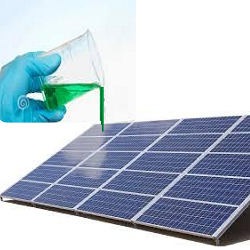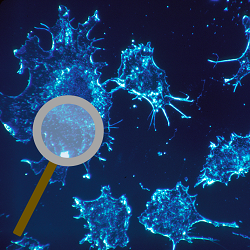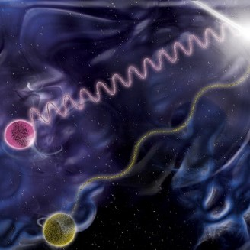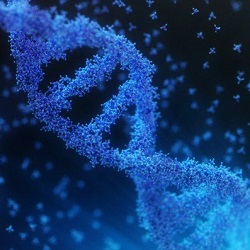
Lipids: The Missing Key to the Parkinson’s Puzzle?
Lipids, at first glance, seem like simple molecules. They have some degree of insolubility in water and have long hydrocarbon chains. While some types of lipids are involved in energy storage, some others self-arrange to form cellular membranes. These membranes are what enable compartmentalisation in human cells and allow them to be distinct from one […]

